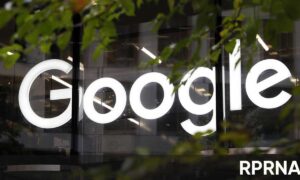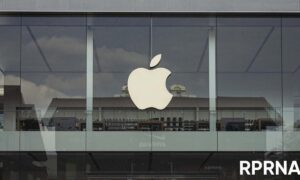Google has officially revealed the Android 16 release timeline, starting with Developer Preview 1 (DP1) and a range of improvements like a fresh take on Wi-Fi QR code sharing. Here’s a detailed breakdown of the schedule and what developers and early adopters can expect.
Android 16 Release Timeline: Key Milestones
Google has structured the Android 16 rollout into Developer Previews and Beta versions before the final release. This phased approach ensures developers have time to adapt their apps while users experience new features in a controlled environment.
Developer Previews
- Developer Preview 1 (November): The initial release introduces foundational changes, APIs, and early feedback-focused features.
- Developer Preview 2 (December): An updated build adds incremental enhancements and behavior changes.
Beta Program
- Beta 1 (January): The first beta-quality version will be available as an over-the-air (OTA) update for users in the Android Beta Program.
- Beta 2 (February): A more refined beta version, polishing features and addressing bugs.
- Beta 3 (March): The Platform Stability milestone arrives, marking the finalization of SDK/NDK APIs and internal app-facing system behaviors. Play Store publishing also opens at this stage.
- Beta 4 (April): The near-final build designed for developers and users to complete final testing.
Final Release
Android 16 is expected to officially launch after Beta 4, with the source code being released to the Android Open Source Project (AOSP) and a broader ecosystem rollout.
What’s New: Wi-Fi QR Code Sharing Gets a Makeover
Android 16 DP1 introduces a redesigned Wi-Fi QR code sharing menu, aligned with Google’s Material You design principles. This change enhances both functionality and aesthetics.
- Dynamic Design: The QR code now reflects Material You’s dynamic color theming, adapting to your system palette. The larger QR code is easier to scan, and the Wi-Fi password text is bigger for improved readability.
- Consistent Visuals: The QR code’s design follows the soft, rounded shapes seen in Google’s widgets for apps like Drive, Photos, and YouTube Music. This creates a cohesive experience across the system.
- Compatibility: Despite the new look, the QR codes remain fully functional with older Android versions and other operating systems. Google has rigorously tested the non-standard shapes to ensure reliability.
Additionally, the updated QR code design applies to both standard Wi-Fi sharing and hotspot sharing, maintaining uniformity across different methods.
Why These Updates Matter
The changes in Android 16 not only provide developers with more stable tools earlier in the release cycle but also enhance the user experience with thoughtful design updates. The streamlined timeline and improved QR code visuals underscore Google’s commitment to making Android more user-friendly while staying developer-centric.
As the beta phases progress, expect more features and refinements, paving the way for a polished final release. Android 16 is shaping up to be a notable step forward in functionality and design.
With this schedule and feature set, developers and users have plenty to look forward to. Stay tuned for further updates as Android 16 moves closer to its official launch.






